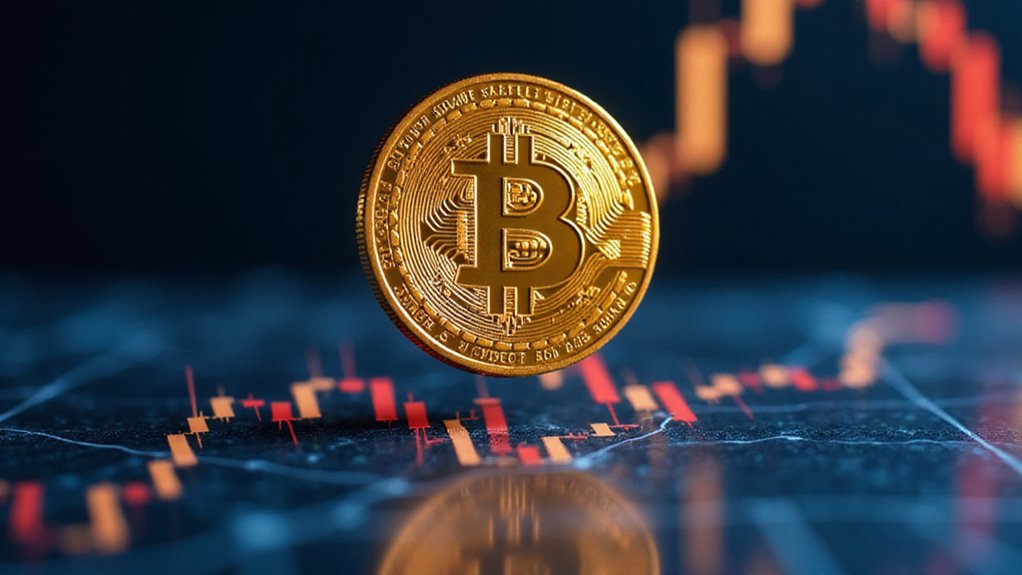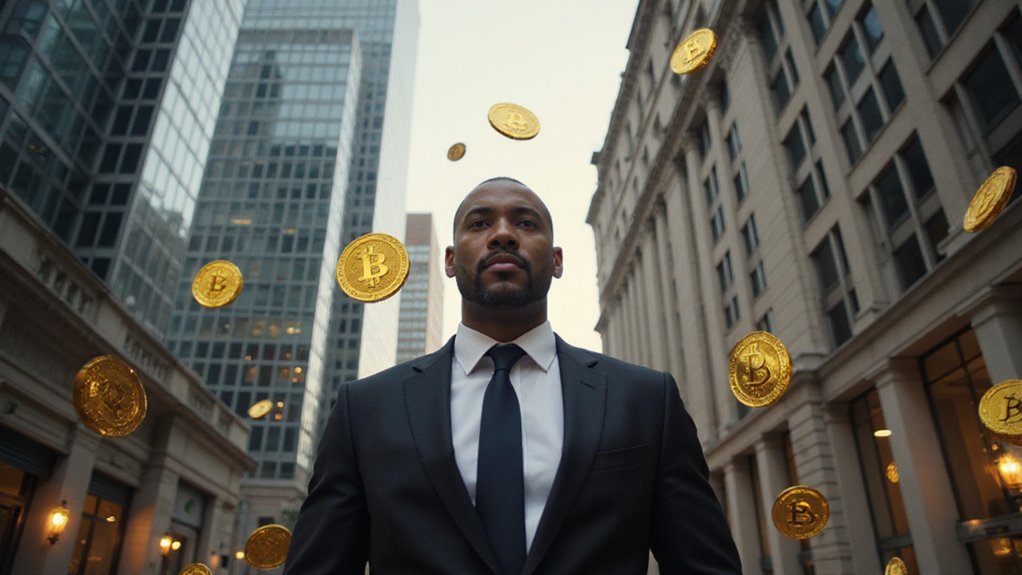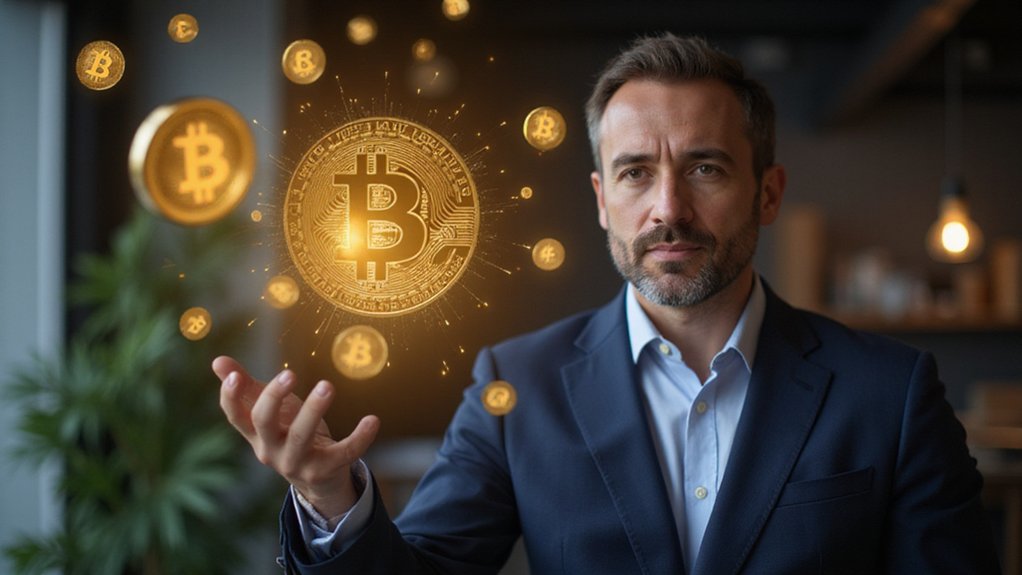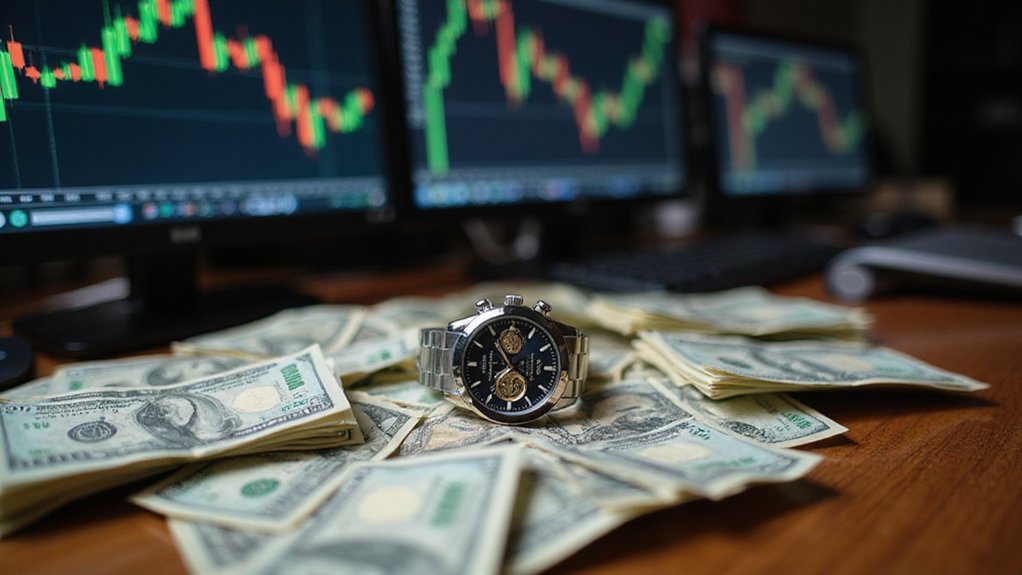Within eighteen months of positioning himself as crypto’s unlikely champion, Donald Trump has orchestrated a family business empire that now derives roughly 40% of his $2.9 billion net worth from digital assets—a transformation that would be remarkable for any business dynasty, but proves particularly striking given his previous dismissal of cryptocurrencies as “a scam against the dollar.”
Trump’s pivot from crypto skeptic to digital asset mogul represents one of the most audacious financial reinventions in modern American politics.
The Trump family’s crypto ventures span memecoins bearing their names, a stablecoin operation through World Liberty Financial that recently secured a $2 billion commitment from Emirati firm MGX, and plans for Trump Media & Technology Group to amass a $2.5 billion bitcoin treasury that will effectively tether the company’s stock price to cryptocurrency market volatility.
The family’s flagship tokens, $TRUMP and $MELANIA, launched around the 2024 inauguration with characteristic fanfare, generating speculative interest that crypto veterans might charitably describe as enthusiasm untethered from fundamental analysis.
World Liberty Financial’s USD1 stablecoin, distributed through Binance, represents the more sophisticated end of their digital asset portfolio, though one wonders whether institutional investors fully grasp the unprecedented nature of a presidential family’s direct involvement in cryptocurrency issuance. Unlike traditional cryptocurrencies, stablecoins are designed to mitigate volatility by pegging their value to reference assets, making them potentially more suitable for the everyday transactions that World Liberty Financial envisions. The company has attracted over 85,000 investors through its Know Your Customer verification process, though the majority of these participants remain anonymous to the public.
Internal family dynamics reveal fascinating contradictions. While Donald Trump Jr. and Eric Trump publicly distanced themselves from the controversial $TRUMP Wallet (developed by third parties), the family continues aggressive expansion into digital assets.
Barron Trump, the youngest son, reportedly generated $40 million from these ventures—a figure that raises questions about the extent of family involvement beyond public statements.
Industry reactions range from bemusement to genuine concern. Crypto lobbyists worry that Trump’s mercantile approach to digital assets could undermine regulatory progress, while progressive advocacy groups criticize the blurred lines between public office and private cryptocurrency interests. The controversial ventures have already complicated legislative efforts, with Democrats temporarily sidetracking stablecoins legislation in response to the administration’s business entanglements.
The irony isn’t lost on observers that Trump’s pro-crypto agenda might actually complicate America’s positioning as a global cryptocurrency hub.
MGX’s $2 billion commitment to purchase World Liberty Financial’s stablecoins demonstrates international capital’s willingness to engage with politically connected crypto ventures, regardless of regulatory uncertainties.
Trump Media’s proposed bitcoin treasury strategy fundamentally transforms shareholders into unwitting participants in cryptocurrency speculation—a corporate structure that would have seemed fantastical just years ago, yet now represents standard operating procedure in the Trump family’s digital asset empire.









